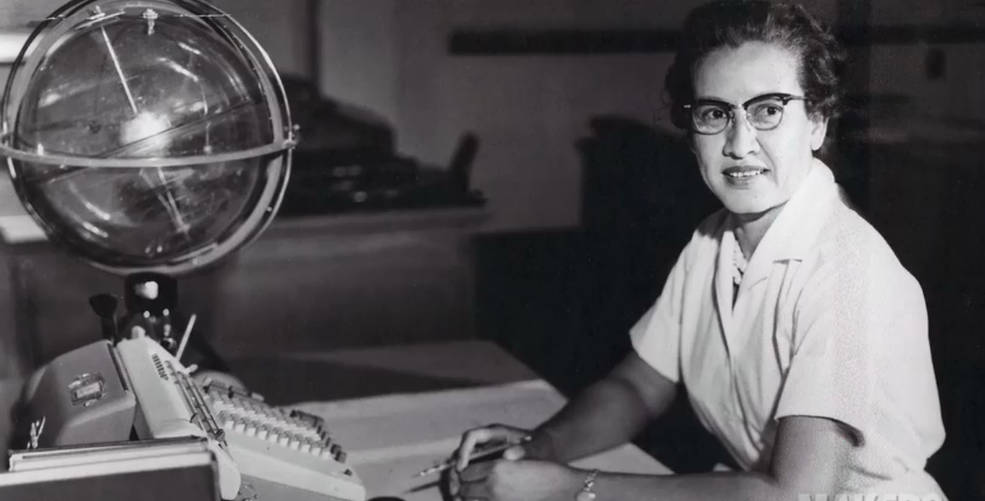Katherine Johnson, a trailblazing mathematician best known for her contributions to NASA's human spaceflight program and who gained fame later in life due to the movie Hidden Figures, died Monday. She was 101 years old.
"At NASA, we will never forget her courage and leadership and the milestones we could not have reached without her," said NASA Administrator Jim Bridenstine. "We will continue building on her legacy and work tirelessly to increase opportunities for everyone who has something to contribute toward the ongoing work of raising the bar of human potential."
Born in rural West Virginia on August 26, 1918, Johnson showed an aptitude for mathematics early in life. “I counted everything," she said late in life of her formative years. "I counted the steps to the road, the steps up to church, the number of dishes and silverware I washed… anything that could be counted, I did."
When West Virginia decided to integrate its graduate schools in 1939, Johnson and two male students were selected as the first black students to be offered spots at the state’s flagship school, West Virginia University. Katherine left her teaching job and enrolled in the graduate math program.
In the wake of the Soviet Union's launch of the Sputnik spacecraft in 1957, Johnson supported some of the engineers who went on to found the Space Task Group, which morphed into NASA in 1958. At the new space agency, Johnson performed the trajectory analysis for Alan Shepard's flight in May 1961, the first time an American flew into space.
Most notably, in 1962, she performed the critical calculations that put John Glenn into a safe orbit during the first orbital mission of a US astronaut. NASA engineers had run the calculations on electric computers, but when someone was needed to validate the calculations, Glenn and the rest of the space agency turned to Johnson. “If she says they’re good,” Johnson recalled the astronaut saying, “then I’m ready to go."
Later, Johnson also assisted in the calculations that ensured a safe rendezvous between the Apollo Lunar Lander and Command Module in orbit around the Moon. In addition, she supported the space shuttle program before retiring in 1986. She was renowned among her peers for her accuracy.
In 2015, Johnson received the Presidential Medal of Freedom, America’s highest civilian honor, from President Obama. Her legacy is an essential one—helping to show the world that the Apollo Program was neither all male, nor all white. Moreover, Johnson proved that neither sex nor skin color matter when it comes to the making of a brilliant mathematician.


